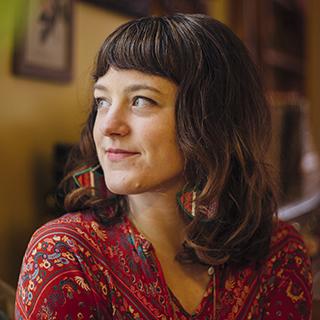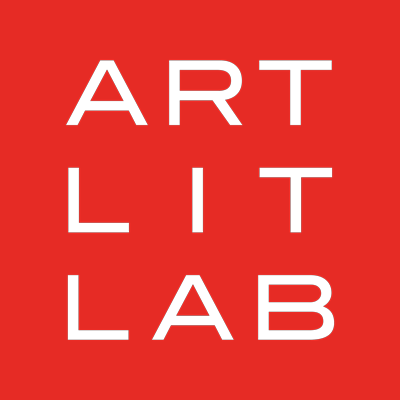by Allie Schaitel
 Lesley Anne Numbers is a printmaker, illustrator, and art educator based in Madison, Wisconsin. She is one of ten artists contributing to the CSArt shares this year.
Lesley Anne Numbers is a printmaker, illustrator, and art educator based in Madison, Wisconsin. She is one of ten artists contributing to the CSArt shares this year.
CSArt shares are available for purchase here. For just $300, you receive 10 unique pieces of art handcrafted by local artists. Half shares are also available. CSArt shares have been called the best value in Wisconsin, and they're a great way to support local artists.
ALL Review: What was the appeal of CSArt for you? What made you want to get involved with the program?
Lesley Anne Numbers: My first career was organic farming and other aspects of the local and organic food system. Right after college, I was an intern on a CSA farm just over the Wisconsin border near Beloit. That was a long time ago--CSAs were pretty novel at that point, and I found the direct relationship between producer and consumer really exciting. I worked on a number of other CSAs before finally leaving farming because I kept getting injured, and I knew I would never be able to make a decent living. I also realized that temperamentally, I'm not really suited to farming. For better or worse, I like to have a lot of creative control over a project, and you can't do that on a farm, especially someone else's farm.
But I still really like the concept of CSAs! The first time I heard of a CSA art project was a few years ago when I was living in Minneapolis, but my art practice was nascent at that point, so I didn't apply. And then I ended up living here in Madison because of grad school, and the opportunity arose again. I'm really interested to see what kinds of connections can be made with shareholders. I also know from working on vegetable farms that some people just love anything you can pull up and put in a box, and other people are mostly excited about heirloom tomatoes and corn and leave the wierd kohlrabi and root vegetables for someone else. CSAs are more appropriate for the former than the latter. (And that's okay--know thyself.)
ALL: What would you like potential shareholders to know about the value of collecting art, especially in the context of CSArt?
LAN: Being an artist is such a strange way to live in a capitalistic society. The way I spend my time and the way I make a living is probably pretty opaque to most people. I wish that I could give away my art to people that really love it. The problem with that is that I've spent so much time and energy learning the skills it takes to create it, and I need to pay my rent.
In agricultural CSAs, the farmer typically gets the money for the shares at the beginning of the year, when cash is most needed. I've heard it said that the people who pay into a CSA are really paying for the farmer to take good care of the soil and to preserve the skills the farmer has, the vegetables are just the result of that. It's not a perfect metaphor, because art is inherently a more personal activity than farming, and vegetables get consumed and art stays in your home, but it's still an interesting thing to think about. But basically, CSArt will help me pay my rent for a month and is a good challenge for me--I had never made an editioned work before.
As for a benefit for the people who collect art--CSArt makes it easy to get a piece from a wide range of local artists. And the show that will be up at Art & Lit Lab will show larger pieces (at least for me). So if there's someone who's just getting started collecting art, this is a great opportunity to figure out what you want to live with in your space.
ALL: Can you tell us more about your CSArt project?
LAN: I'm interested in evolution and change, and how that manifests in physical form. My piece is actually two pieces--a soft, fabric hand sculpture and a comb made out of paper pulp. I got really hung up on the comb shape last year, and it occured to me that a hand was actually the first comb. And that shape exists in nature, too. It's also an expression of the range of textures possible using fiber. It can be almost as hard as ceramic, and obviously very soft.
I really like anthropology and natural history museums-the piece is kind of inspired by the displays of objects that represent some story or cultural phenomenon. A lot of those objects are nice to look at, but there's also this tension of not being able to know the whole story, or really experience the circumstances that gave rise to the object. So there's this kind of delicious frustration of not understanding that can draw you in or make you seek out more information.

